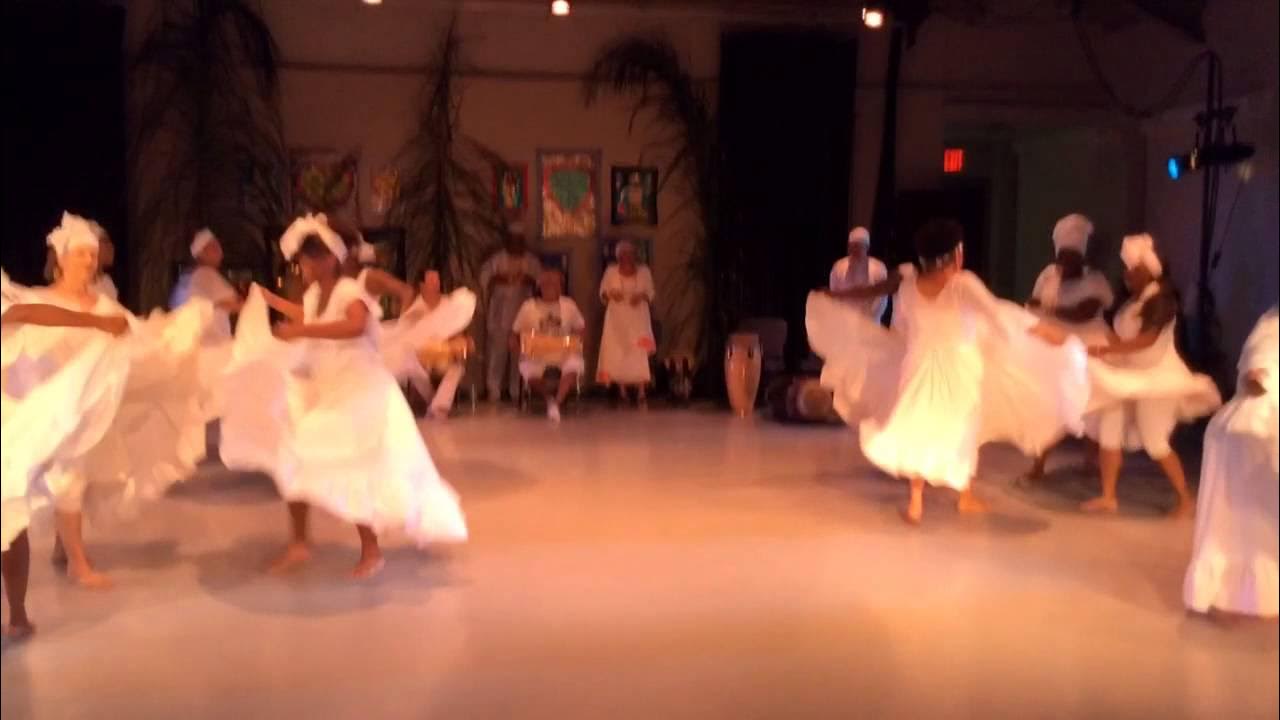Bamba Mzalwane (Live)
Summary
TLDRThis transcript captures the vibrant atmosphere of a live performance, marked by a dynamic interplay of music and applause that punctuates the excitement of the audience. Throughout the script, different moments are highlighted with musical interludes, clapping, and vocal expressions from performers, suggesting a diverse and engaging musical experience. Phrases like 'mnu', 'simo oh, jesu, namao oh', and 'as put your hands' suggest an interactive session between the performers and the audience, encouraging participation and celebration. The repetition of musical and applause cues, along with specific vocal elements, indicates a lively and rhythmic progression, designed to captivate and energize the audience. The script paints a picture of a memorable event filled with rhythm, joy, and communal participation.
Takeaways
- 🎵 The script features multiple instances of music, indicating a musical performance or event.
- 👏 Applause is noted multiple times, suggesting audience approval or appreciation.
- 🌍 Some phrases appear to be in different languages, pointing to a multicultural or international context.
- 🎤 The mention of specific names (e.g., 'simo', 'jesu', 'namao', 'emile') could indicate performers or important figures in the event.
- 👋 'as put your hands' suggests audience participation, possibly being asked to clap or wave.
- 🔁 The repetition of words like 'موسيقى' (music in Arabic) and 'تصفيق' (applause in Arabic) emphasizes the ongoing musical and interactive nature of the event.
- 🎉 The overall atmosphere implied by the mix of music and applause hints at a celebratory or festive occasion.
- 💬 The interspersed vocal sounds (e.g., 'um', 'so', 'syaa') might be part of the music or spontaneous reactions from the performers or audience.
- 🔄 The repeated names and phrases could suggest recurring themes or motifs in the performance.
- 🎶 The consistent return to music after each interruption (be it applause or speech) underlines the centrality of music to the event.
Q & A
What language is the transcript primarily in?
-The transcript seems to mostly be in Arabic, with some words in other languages like English interspersed.
What kind of event is this transcript describing?
-The transcript appears to describe a musical performance with clapping and singing.
What instruments can be heard in the transcript?
-The transcript mentions music playing, which likely refers to instrumental music accompanying the singing.
How is the audience participating?
-The audience seems to be clapping along at certain points during the songs.
What words are repeated throughout the transcript?
-Words and phrases like 'music,' 'clapping,' and 'som' are repeated, acting as a refrain.
What languages other than Arabic can be seen?
-There are a few words like 'Jesu,' 'simo,' and 'emile' that appear to be in other languages such as English or French.
What is the tone of the transcript?
-The transcript has an upbeat, lively tone with the music, clapping, and vocal sounds.
Who are the participants?
-It seems there are singers, musicians, and an audience participating.
What instructions are given to the audience?
-The transcript instructs the audience to 'put your hands' and 'come,' likely prompting audience participation.
What is the purpose of this transcript?
-The transcript seems meant to document a musical/singing performance and audience reactions.
Outlines

This section is available to paid users only. Please upgrade to access this part.
Upgrade NowMindmap

This section is available to paid users only. Please upgrade to access this part.
Upgrade NowKeywords

This section is available to paid users only. Please upgrade to access this part.
Upgrade NowHighlights

This section is available to paid users only. Please upgrade to access this part.
Upgrade NowTranscripts

This section is available to paid users only. Please upgrade to access this part.
Upgrade Now5.0 / 5 (0 votes)





